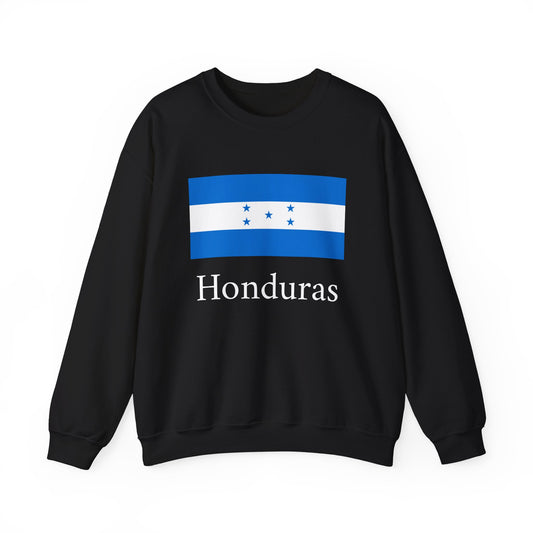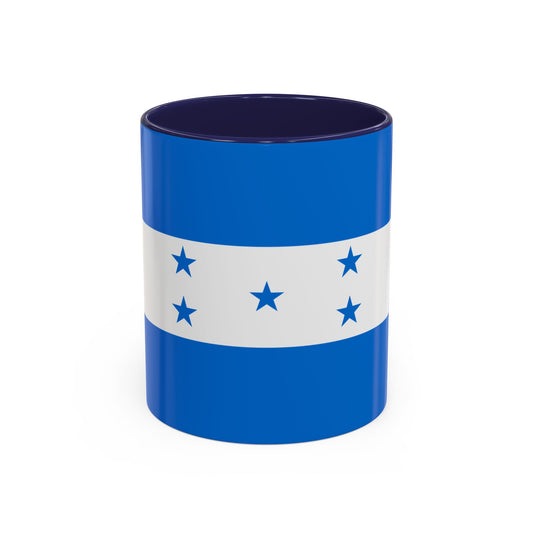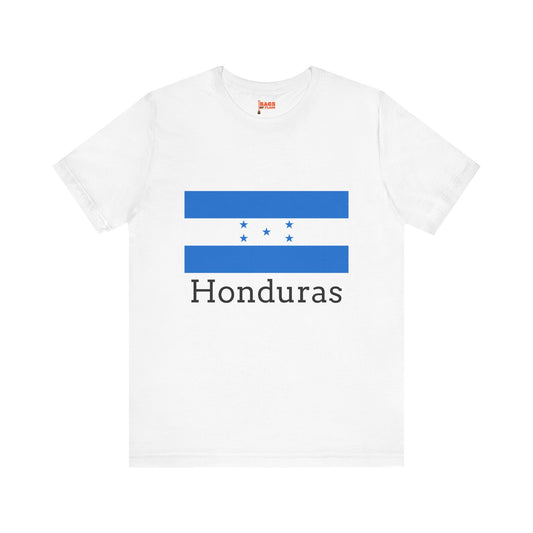-
Honduras Sweatshirt
Regular price $34.15 USDRegular priceUnit price / per -
Honduras Flag Sweatshirt
Regular price $34.15 USDRegular priceUnit price / per -
Honduras Inspired Sweatshirt
Regular price $34.15 USDRegular priceUnit price / per -
Honduras Pillow
Regular price $22.65 USDRegular priceUnit price / per -
Honduras Backpack
Regular price $59.79 USDRegular priceUnit price / per -
Honduras Leather Patch Hat
Regular price $18.85 USDRegular priceUnit price / per -
Honduras Mug
Regular price $11.65 USDRegular priceUnit price / per -
Honduras Trucker Cap
Regular price $14.90 USDRegular priceUnit price / per -
Honduras Hoodies
Regular price $34.40 USDRegular priceUnit price / per -
Honduras Inspired Hoodie
Regular price $34.40 USDRegular priceUnit price / per -
Honduras T-shirts
Regular price $22.79 USDRegular priceUnit price / per -
Honduras Flag Hoodies
Regular price $34.40 USDRegular priceUnit price / per -
Honduras Inspired T-shirt
Regular price $22.79 USDRegular priceUnit price / per -
Honduras Flag on T-shirt
Regular price $22.79 USDRegular priceUnit price / per
Collection: Honduras
The Honduran flag is a vibrant symbol of the country's identity, with its unique design and colors holding significant meaning. We will delve into the protocol, controversies, and fun facts surrounding the Honduran flag.
Overview of the Honduras Flag

The Honduras flag features a bold, simple design that speaks volumes about the nation's identity and heritage. Comprising three horizontal stripes, the outer bands are a vivid cerulean blue, symbolizing the Pacific Ocean and the Caribbean Sea that flank Honduras on two sides. Sandwiched between these blue layers is a pristine white stripe, denoting peace and purity within the nation. The national coat of arms is central to the flag's design and lies within the white expanse. This emblem is particularly noteworthy for its inclusion of five stars arranged in an X pattern. These stars hold deep significance, as they represent the unity and aspirations of the original five member states of the Federal Republic of Central America, hinting at a history of regional solidarity and shared destiny. The flag's design, rich in symbolism, reminds Hondurans daily of their country's place in Central America and its enduring values.
Historical Context of the Honduras Flag
The flag that Honduras proudly displays today was inception on January 9, 1866, following the disbandment of the Federal Republic of Central America. Its design was profoundly influenced by the flag of this former republic, symbolizing an enduring connection to its Central American counterparts even after the dissolution of their political union. This adoption marked a significant moment in Honduras's history, as the nation sought to assert its identity and sovereignty amidst the evolving political landscape of the region.
Over the years, the flag has witnessed subtle modifications, though its core elements - the blue and white stripes and the five central stars - have steadfastly remained unchanged. These modifications have primarily involved the national coat of arms positioned in the flag's center, updated to reflect the country's evolving identity and values. Despite these changes, the flag's fundamental design and symbolism have endured, serving as a constant reminder of Honduras's heritage and aspirations.
This historical journey of the flag highlights its significance as a national symbol and reflects the broader narrative of Honduras's struggle for identity, unity, and independence. The flag’s consistent elements through time underscore the importance of remembering and honoring the country's past while navigating its future.
Symbolism Embedded in the Flag

The symbolism of the Honduran flag is deeply rooted in the country's geography, history, and aspirations for unity. The twin blue stripes represent the country's significant geographical features: the Pacific Ocean to the south and the Caribbean Sea to the north. These vast bodies of water are pivotal to the nation's landscape and economy and symbolize the expansive sky above, reflecting the boundless aspirations of the Honduran people.
Central to the flag, the white stripe is a testament to the nation's desire for peace and purity within its borders. This element is a unifying color, bridging the blue expanses and symbolizing a nation built on the foundations of tranquility and integrity.
The coat of arms, embedded within the white stripe, carries further national symbolism. It encapsulates various elements representing the country's rich history, resources, and hopes. Among these symbols, the quintet of stars is perhaps the most striking. Each star corresponds to one of the original countries of the Federal Republic of Central America, highlighting Honduras's historical connections to its neighbors and its role in the broader context of regional unity. This arrangement of stars emphasizes the nation's ongoing commitment to solidarity and cooperation among the Central American countries, reflecting a collective identity that transcends individual national boundaries.
Current Relevance of the Flag
Today, the Honduran flag remains a central emblem at various state functions, exemplifying the nation's sovereignty and unity. It unfurls at national events, symbolizing the country's pride and identity, and adorns military ceremonies, paying homage to the courage and sacrifices of the armed forces. Beyond these formal settings, the flag permeates everyday life in Honduras, displayed in public buildings, schools, and homes, reinforcing national unity and pride.
Despite its ubiquitous presence, the flag has not been immune to controversies. Discussions around its symbolism have emerged, particularly concerning how it represents the diverse facets of Honduran society. These debates open avenues for reflection on national identity, highlighting the flag's role in ongoing conversations about inclusivity and representation in the nation's fabric.
Amid these dialogues, the flag stands as a living artifact, inviting Hondurans to engage with their history and envision their collective future. Its role extends beyond ceremonial uses, catalyzing discourse on the nation's values, challenges, and aspirations. As such, the Honduran flag remains a symbol of national pride and a focal point for discussions shaping the country's path forward.
Additional Facts and Protocols
Handling and displaying the Honduran flag comes with a set of revered protocols aimed at maintaining its dignity. It is paramount that the flag is never utilized for mere decoration or advertising purposes, ensuring its symbolic significance is preserved. When the need arises to display the flag in a vertical orientation, the protocol dictates that the blue stripe must be positioned on the observer's left, a guideline reflecting the flag's proper horizontal arrangement.
Additionally, it is a strict rule that the flag should not contact the ground, a sign of respect and honor for the nation it represents. Flying the flag at half-mast is reserved exclusively for periods of national mourning, a practice that signifies respect and remembrance for those lost. Furthermore, Honduras celebrates Flag Day on February 1st, dedicated to acknowledging the flag’s profound role in the country’s historical narrative and contemporary identity. This day is marked by ceremonies and educational events that foster a deeper appreciation for the flag’s enduring symbols and the unity it represents among the Honduran people.




























